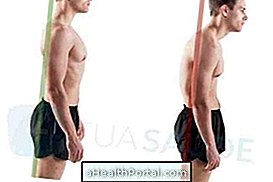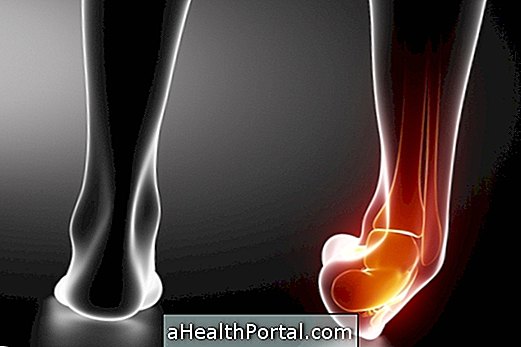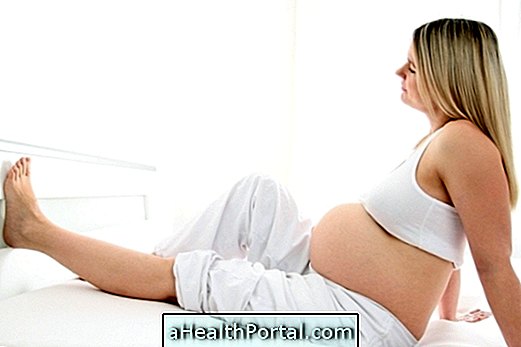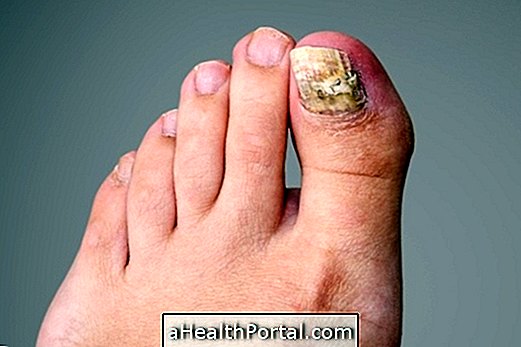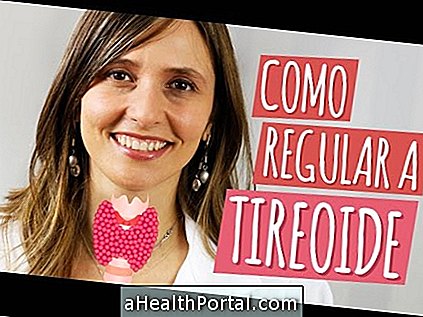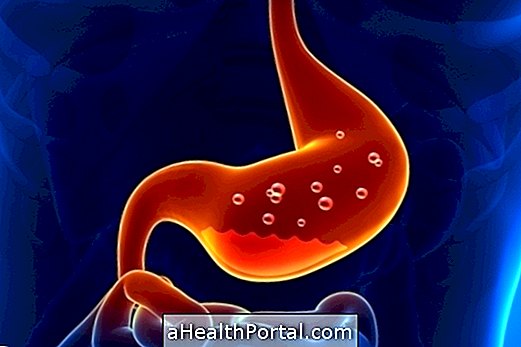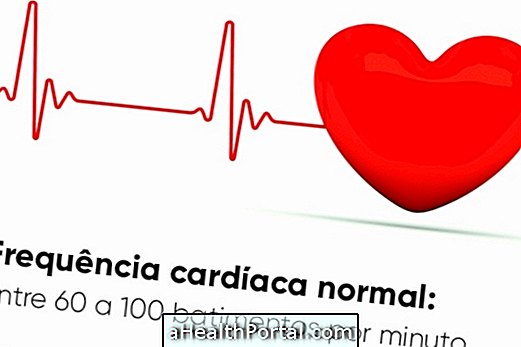Congenital hip dysplasia is an alteration where the baby is born with an imperfect fit between the femur and the hip bone. There are different degrees of this change, where the femur may be only slightly outside the joint or completely outside.
This is a serious change that needs treatment, but when it is discovered soon after birth and when treatment starts early there is a 96% chance of cure in a few months.
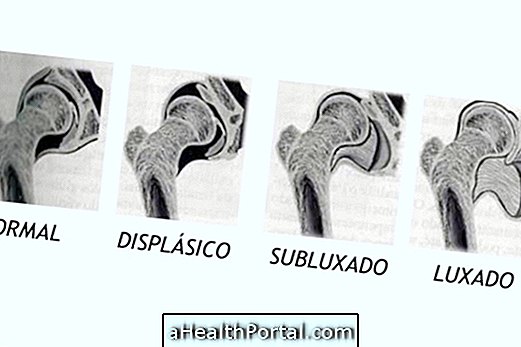
Congenital hip dysplasia is curable and the sooner diagnosed and the faster treated, the cures can be achieved.
How is the diagnosis made?
The diagnosis of dysplasia should be made as soon as possible and therefore there are 2 orthopedic tests that the pediatrician must do in the first 3 days after birth. But this test should also be repeated at the 8 and 15 days of birth visit and in case of suspicion the pediatrician can request tests such as x-ray of the hip or ultrasound to check the hip's fit.
Tests performed to diagnose hip dysplasia are called the Barlow test and Ortolani test. In the Barlow test, the doctor holds the baby's legs together and bends and presses up and down, and in the Ortolani test the doctor holds the baby's legs and checks the amplitude of the opening of the hip. The doctor may come to the conclusion that the hip socket is not perfect if you hear a click during the test or feel a shoulder, indicating that the joint has been placed in the correct position.

Treatment for congenital hip dysplasia
The treatment for congenital hip dysplasia should be guided by the pediatrician or orthopaedist and can be done in 3 different ways with use of Pavlik suspender, maneuver to position the femur in the hip correctly and use of plaster in that position or in the last case surgery . Learn all about treatment here.
What causes congenital hip dysplasia
The causes of congenital hip dysplasia are not fully understood but it is known that babies who spend all of their pregnancies seated and not seen upside down are the most affected. When the baby is seated throughout the gestation the doctor may suggest performing a maneuver so that it turns upside down, but there are some exercises that may help. See here what they are.
Other risk factors that are present and that can cause the baby to be born with hip dysplasia are when one of the parents had the same disease and when the baby is born with congenital torticollis.
